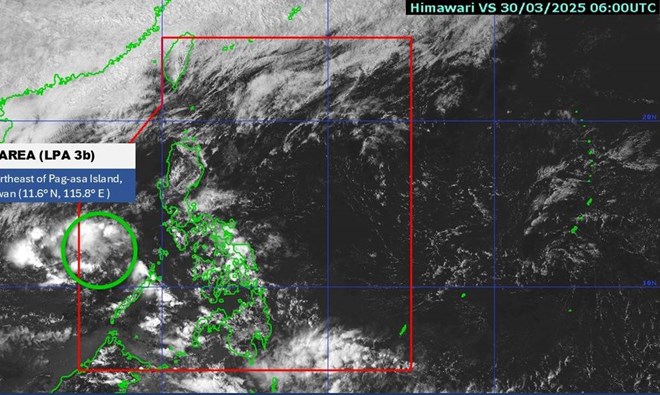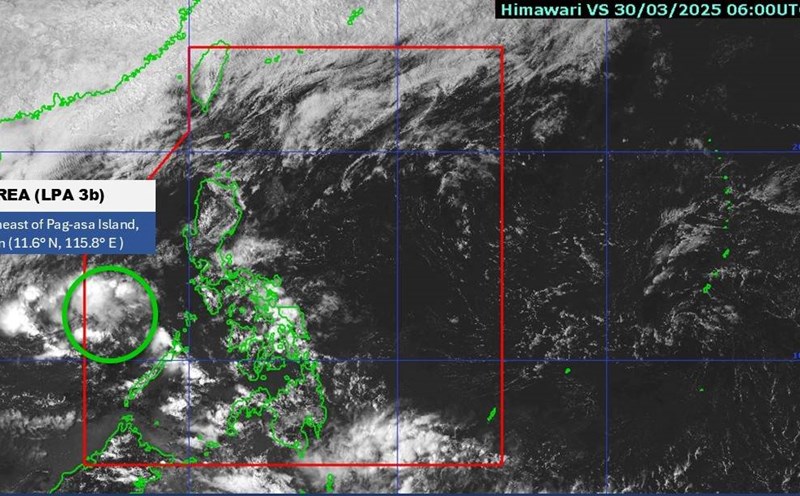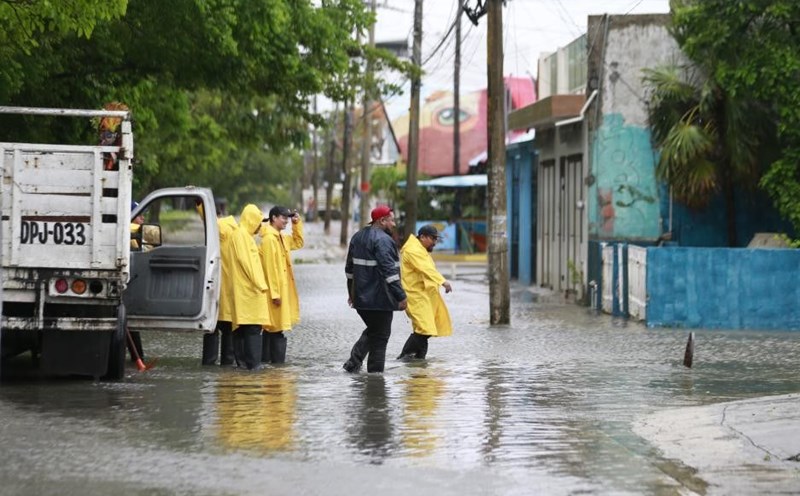After a period of delay, the La Nina phenomenon finally appeared in the Pacific Ocean in early January 2025. However, the National Weather Service's (NWS) Climate Prediction Center predicts that La Nina is weakening and will give way to ENSO-neutral conditions ( El Nino - Southern fluctuations).
The ENSO cycle is a recurring climate phenomenon, associated with changes in sea surface temperatures in the central and eastern tropical Pacific. This cycle includes three main states: El Nino, La Nina and ENSO being neutral.
El Nino occurs when the ocean is warmer than usual, changing atmospheric flows and causing dry weather in North America, but more rain in the Southeast region.
La Nina occurs when the ocean waters are colder than normal, increasing trading winds and cooling the seas off the U.S. west coast, causing colder weather in the North and warmer in the South.
ENSO is neutral when sea temperatures return to normal, not leaning towards El Nino or La Nina.
Last winter, La Nina appeared but at a weak intensity, leading to unclear impacts on the weather.
The US Climate Prediction Center has found that sea surface temperatures in the central and eastern equatorial Pacific have been warming up since February. This shows that La Nina is weakening, and neutral ENSO conditions may prevail from April to the entire summer.
The probability of ENSO remaining neutral this summer is about 62%. This means that both El Nino and La Nina will not control the weather in the coming time.
Typically, El Nino or La Nina periods last from 9 to 12 months, peaking around December - April before weakening in May - July. Although this La Nina is shorter than average, the timing of the transition to neutral ENSO is not unusual.
With this change, the summer weather in the US in 2025 may be less volatile, but it is still necessary to closely monitor to predict more accurately the global weather trend.
Meanwhile, according to the Vietnam National Center for Hydro-Meteorological Forecasting, the summer of 2025 in Vietnam is unlikely to be as hot and hot as in 2024. In the North and Central regions, the heat is expected to remain in July and August, gradually decreasing from September.

From April to June, the temperature across the country will be approximately the same as the average of many years. In May alone, the Northwest region may be 0.5-1.0 degrees Celsius above average.
Total rainfall in the North in May is expected to be 5-10% higher than the average of many years, in mountainous areas it is 5-15% lower. In June, the common rainfall is approximately the average of many years, with mountainous areas reaching 250-500mm, some places over 500mm. Reversal
From July to September, storms and tropical depressions in the East Sea are likely to affect the mainland at a level equivalent to the average of many years (about 6-7 storms, of which about 2-3 storms may make landfall).











